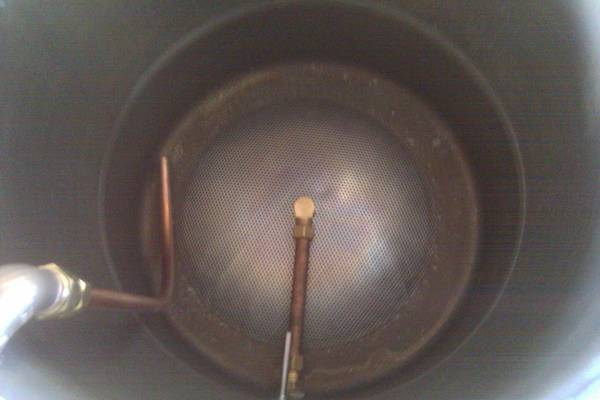permo
Well-Known Member
Alright, batch after batch I am disgusted that I am tossing 1 gallon or even more of delicious beer out of my brew kettle after whirlpool and siphoning due to hop sediment and trub.
Has anybody discoverd a workable solution? I am thinking about fabricating a fine steel mesh strainer, like the basket in a deep fryer, that fits my boil kettle and remains in the kettle for the full duration of the boil and is only removed once the wort is cooled below 80 degrees.
Has anybody come up with a workable solution to allow us to save more of our delicious, hard earned beer?
Has anybody discoverd a workable solution? I am thinking about fabricating a fine steel mesh strainer, like the basket in a deep fryer, that fits my boil kettle and remains in the kettle for the full duration of the boil and is only removed once the wort is cooled below 80 degrees.
Has anybody come up with a workable solution to allow us to save more of our delicious, hard earned beer?



